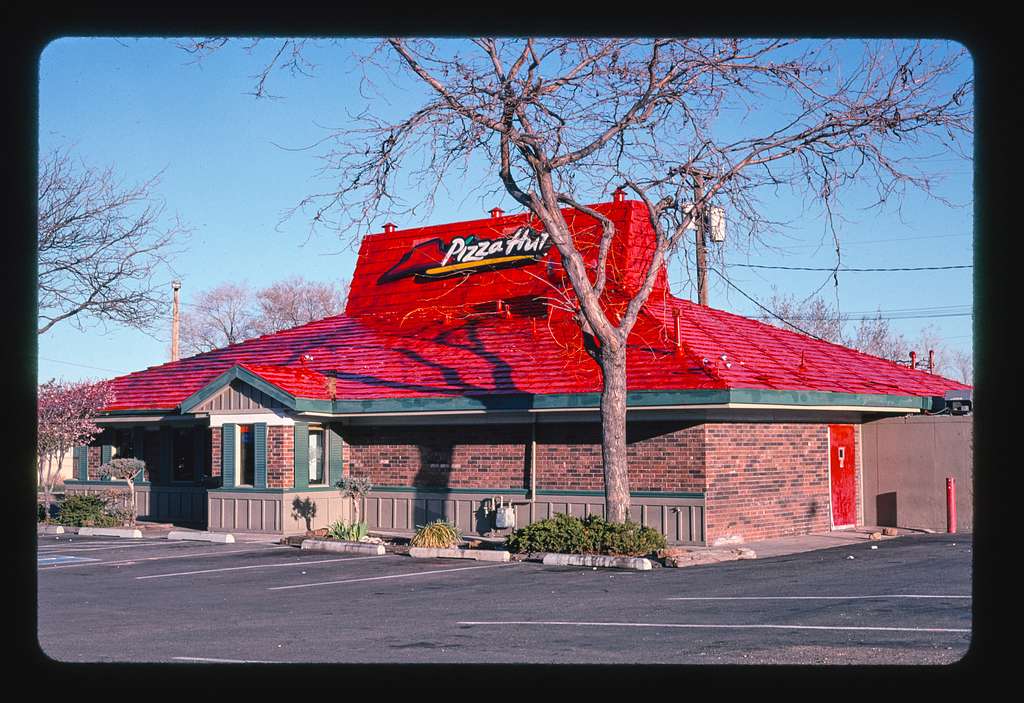
Missouri’s Subterranean Cheese Warehouses: Fact and Fancy
- Sep 15, 2024
Whether you're a gourmet or a gourmand, the mental image of vast caves storing thousands of pounds of cheese might seem utopian. Unseen to common eyes, America's love for cheese has given birth to such stunning sights deep in the heart of Missouri's limestone mines.
Professor Andrew M. Novaković from Cornell University describes these cheese-infested caverns as an adaptation of a post-mining geography. After mining ceased, the climate-controlled caves with high ceilings, capable of accommodating large vehicles and housings over a million square feet, became the perfect home for cheese storage.
Americans' love for cheese is well-known, and a study from the IDFA depicts our infatuation grew to a record high in 2022, with a consumption rate of almost 42 pounds per person. The introduction of caves as storage units stems from an intriguing historical backdrop.
Back in 1977, President Jimmy Carter, faithful to his pledge of supporting the dairy industry, allowed farmers to boost milk production without apprehension. As a result, milk prices soared, causing an accumulated amount of cheese by the 1980s. The surplus posed the challenge of managing a perishable commodity, and some even suggested disposing of cheese into the ocean. Thankfully, a smarter solution emerged during President Ronald Reagan’s era - governmental cheese allocation for those facing nutritional inadequacies.
"When it came to 'use it or lose it' with these cheeses, the government logically opted to produce what most refer to as American cheese, which makes handling of the inventory and distribution more efficient,” says Novaković. The process involves heating typical hard cheese, sometimes with flavour additions, resulting in a very standardised and transportable 'loaf' of American cheese which made it easier to distribute the cheese to various local food distribution agencies.
American cheese sparked intense debates among cheese lovers. Some stand by its taste and melting characteristics, whilst others, satirical of the concept, often toss it as the subject of jokes.
Storing the huge amounts of cheese required ample space, and hence the inception of ‘cheese caves’. Missouri, known as “the Cave State” due to its 7,000 limestone caves, thrives on food storage in these climate-efficient caves. Most of the storage is commercial, but some governmental food supplies find a home here as well.
The Hunt Midwest SubTropolis in Kansas City, situated below 270-million-year-old limestone deposits, houses a variety of foods including cave-aged cheese.
Furthermore, the rumor of an extensive 'cheese cave' below Springfield in the Ozarks has fueled intrigue. While publically accessible caves like Crystal Caves or Fantastic Caverns are a local attraction, the Springfield Underground, a 3.2 million-square-foot warehouse, is a private storage domain and debunks any myth of government cheese hiding within.
"The USDA is not a tenant of Springfield Underground, and we hold no government-owned cheese,” asserts Christina Angle, CFO for the Erlen Group. However, it plays a pivotal role in maintaining supply chains for tenant products.
Missouri's cheese caves aren't open to the public, but cheese aficionados can witness subterranean cheese aging in the famed Cheddar cheese caves of England, while the local processed cheese can be enjoyed at numerous restaurants across the U.S.






